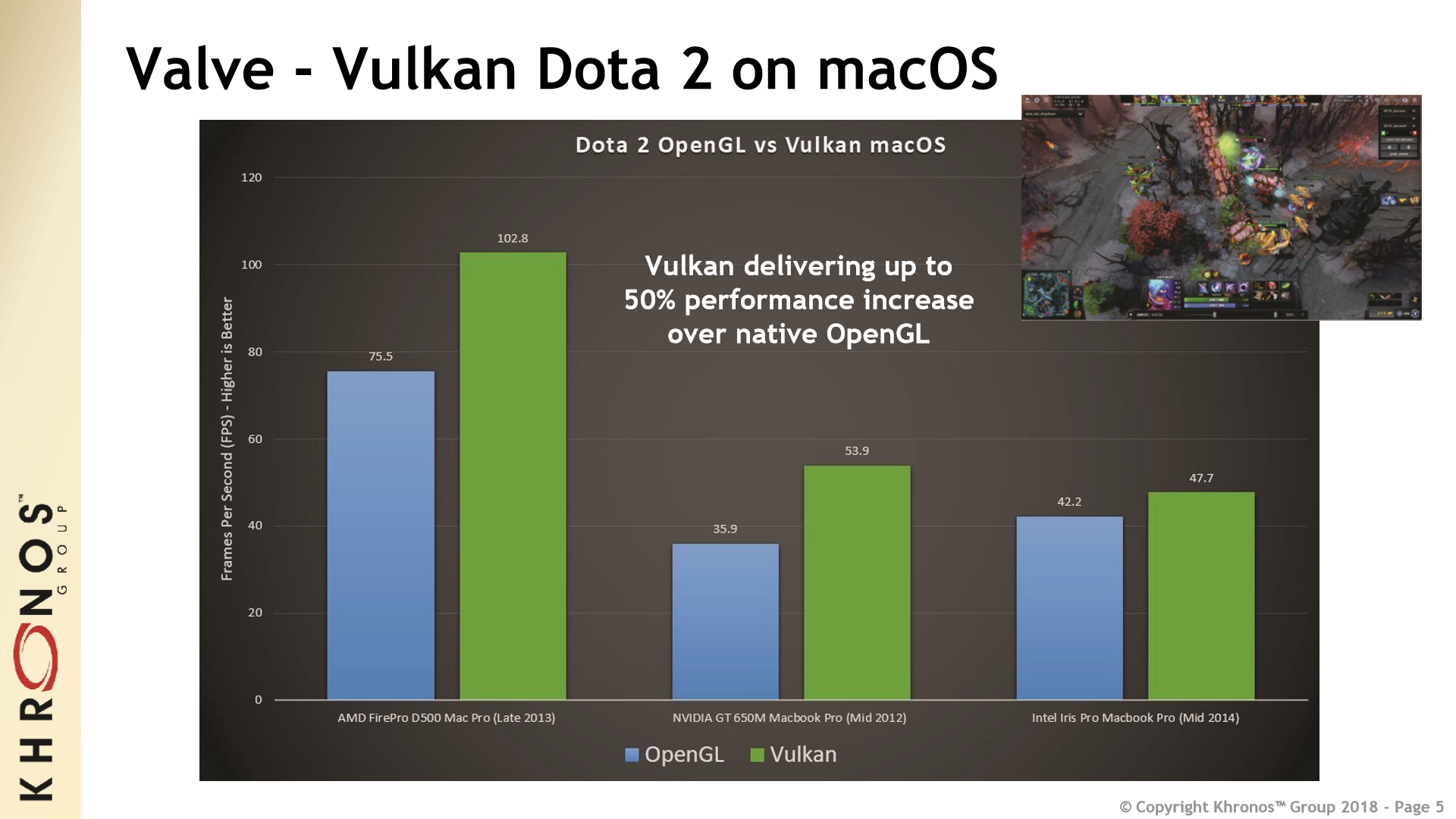Avatar Of Vulcan Mac OS
/article-new/2018/02/vulkandota2-800x475.jpg?lossy)

The term 'MAC-10' is commonly used in unofficial parlance. citation needed Military Armament Corporation never used the nomenclature MAC-10 on any of its catalogs or sales literature, but because 'MAC-10' became so frequently used by Title II dealers, gun writers, and collectors, it is used more frequently than 'M10' to identify the gun. Since Vulkan is made for dedicated GPUs while Metal seems to be made more for integrated (CPU-based) GPUs, it will be a welcome change. Since most modern Macs can use Thunderbolt eGPUs and don’t.
At WWDC today, Apple announced that its Metal API will be coming to OS X in the next version of that operating system (codenamed El Capitan). Previously, Metal had been reserved for iOS. Uptake of the API doesn’t appear to be huge — while there are certainly titles that use it, it doesn’t command the lion’s share of iOS gaming. Apple may be hoping that extending the API to OS X will help change that, and building a common graphics standard between iOS and OS X is certainly in keeping with its strategy of bringing the two platforms into alignment.
Extending Metal to OS X, however, is going to require considerable under-the-hood support from Apple, which doesn’t have the greatest track record of supporting new graphics capabilities. At present, Apple’s own developer page shows OGL support at 4.1 for OS X 10.9, which was released in 2010. Meanwhile, Khronos released the OpenGL 4.5 specification last August.
One of the last real differences between using a Mac and a PC is the video card hardware available and how the user can interface with those underlying capabilities. On the PC side of things, both AMD and Nvidia offer comprehensive control panels with extensive control over virtually every aspect of the GPU. For example, you can set clock speeds (sometimes), change profile settings (or create new ones), and alter how the computer displays video depending on whether you want to rely on the OS or the GPU for managing these tasks. Apple, in contrast, writes its own drivers for the GPU hardware that it uses — and it doesn’t expose anything close to the same level of functionality.
With Metal coming to OS X, Apple has essentially declared it wants to bring its own graphics API and functionality in-house. That means expanding Metal to more than just the Imagination Technologies’ GPUs that Apple relies on for mobile hardware. Presumably Intel, Nvidia, and AMD graphics solutions will all work within the new API, which means Apple is taking on a more complex tax than simply providing an OpenGL driver.
We know that Metal for Mac, as Apple calls the new program, is integrated into Apple’s Core Graphics and Core Animation libraries, presumably as a replacement for Core OpenGL, Apple’s Quartz windowing system interface. How this will impact gaming, and whether Apple is pushing Metal as a full-on replacement for OpenGL in the near-term future, is still unclear.
It’s more than a little interesting that Apple just standardized on AMD GPUs across both its laptops and its desktops before announcing Metal would be coming to OS X. I wouldn’t read too much into it — for example, it’s premature to conclude that previous Intel and Nvidia GPUs won’t be fully supported under the new API — but it’s possible Apple chose to standardize on a single GPU vendor across its product lines to make future support easier.
Avatar Of Vulcan Mac Os 11
No Apple / Vulkan support?
For now, Vulkan appears to be a no-show on Mac OS X. That’s a bit surprising, given Apple’s membership in the Khronos Group, and it implies the Cupertino company would rather double down on its own custom API rather than supporting the low-level APIs of a different organization. This, in turn, could damage any push to create a truly universal graphics API.
No, OpenGL isn’t going anywhere. But the entire point of Vulkan was to create a gaming-friendly iteration of OpenGL that would match DirectX 12’s features and offer them across more platforms than just Windows. If Apple backs Metal to the exclusion of OGL, we could be facing a future where Windows-only developers target DirectX 12, iOS and OS X developers use Metal, and Linux / Windows devs rely on Vulkan.
Avatar Of Vulcan Mac Os 7
Metal’s threading model
That’s a bit more fragmented than we’d otherwise like to see, and it could hurt the growth of Linux as an alternate gaming platform if developers can’t target it and OS X easily. Then again, there were already significant differences between the two operating systems, so this may not matter much.
Either way, Apple has a long and illustrious history of mostly ignoring OpenGL variants and shipping systems with relatively weak GPU hardware. The dual graphics solutions on the Mac Pro are impressive, but actually taking advantage of that compute horsepower is a different question. The company has always treated graphics performance and capabilities as a bit of a red-headed stepchild (despite the fact that Macs are beloved in graphics design). And it’s not clear that leaping for its own custom API is going to meaningfully change that.